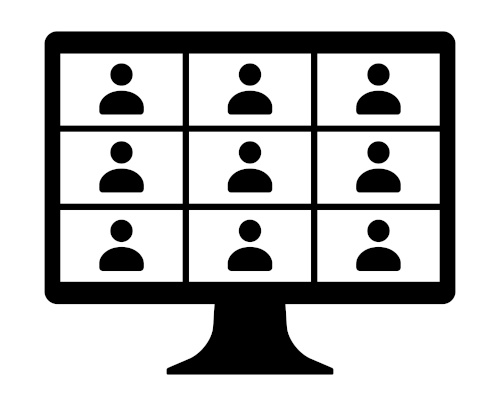While many American parents and students say they are now ready to move on from the COVID-19 pandemic – 77 percent of the U.S. population has received at least one dose of the vaccine, a number that has not changed much in recent months – the coronavirus seems likely to remain with us in some form for the time being. The number of infections is once again rising in the U.K. and Europe, which may presage another wave of cases here in the U.S. This potential disruption comes exactly two years since the vast majority of U.S. schools shut their doors and transitioned to remote learning in response to the start of the pandemic.
Since that time, educators, parents, and experts have debated the pros and cons of virtual education compared to the traditional in-person learning environment. It’s important to take stock of what we’ve learned about virtual education over the past two years, so that we can continue providing the best possible learning experience for students.
It has become accepted wisdom in some quarters that remote education is simply worse across the board for students than traditional in-person models. Certain studies have blamed virtual education for learning loss, social isolation, mental health and behavioral issues, and more. However, using remote learning as a catch-all for a variety of school-related challenges (many of which existed before the pandemic) misses some nuances.
The experience of my organization, the Foundation for Teaching Economics (FTE) – which provided mostly in-person economics classes and curriculum to high school teachers and students, before transitioning to virtual instruction because of COVID-19 – shows some of the positive aspects of the remote learning experience.

:max_bytes(150000):strip_icc()/Health-GettyImages-2187328842-0ff87870ab884e108a5b113dc29a37ef.jpg)




